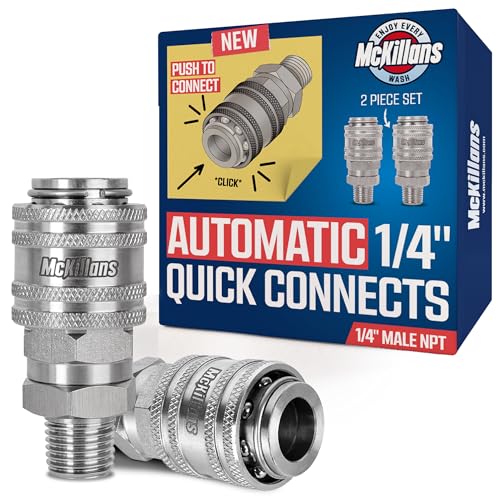

To achieve optimal results with your cleaning unit, I recommend investing in premium-quality attachments that match its specifications. Connectors made from brass or stainless steel offer durability and resistance to corrosion, ensuring a long lifespan even under high demands. Opt for quick-connect nozzles, as they allow for swift adjustments when switching between tasks, thus enhancing productivity.
Consider sprayer tips with varying degrees of fan patterns. A 0-degree nozzle can deliver a concentrated stream for tough grime, while a 40-degree tip is ideal for more delicate surfaces. Additionally, choose extensions or wand attachments to reach high or hard-to-access areas, further expanding your cleaning capabilities.
Evaluate hose options as well; reinforced models provide resistance and minimise kinking, ensuring a steady flow of water. Ensure compatibility between your unit and the accessories to prevent pressure loss. Regular maintenance of these components is vital as well, as it keeps your system running efficiently and prolongs the life of the entire setup.
Understanding Quick Connect Components for Cleaners
Quick connect components simplify the process of attaching and detaching hoses and nozzles, making your cleaning tasks more streamlined. I recommend selecting connectors that feature a robust locking mechanism to prevent accidental disconnections during operation.
Materials and Durability
Opt for stainless steel or brass when choosing connectors. These materials offer higher durability and resistance to corrosion, ensuring longevity in different weather conditions. Avoid plastic alternatives as they tend to wear out quickly under high-stress scenarios.
Compatibility Factors
Ensure that your chosen quick connect parts match the specifications of your equipment. Pay close attention to parameters like size (typically measured in inches) and pressure ratings. Mismatched components can lead to leaks or system failures, ultimately hindering performance.
Consider investing in a quick connect kit that includes multiple connector sizes. This will save you time and effort, allowing for easy transitions between various tasks and attachments. Having a versatile setup enhances workflow efficiency and makes the whole process less cumbersome.
Lastly, regular maintenance is key. Inspect your connectors frequently for wear and tear, and replace them as needed to maintain optimal functionality and prevent unwanted complications during cleaning sessions.
Selecting the Right Nozzle Attachments for Various Tasks
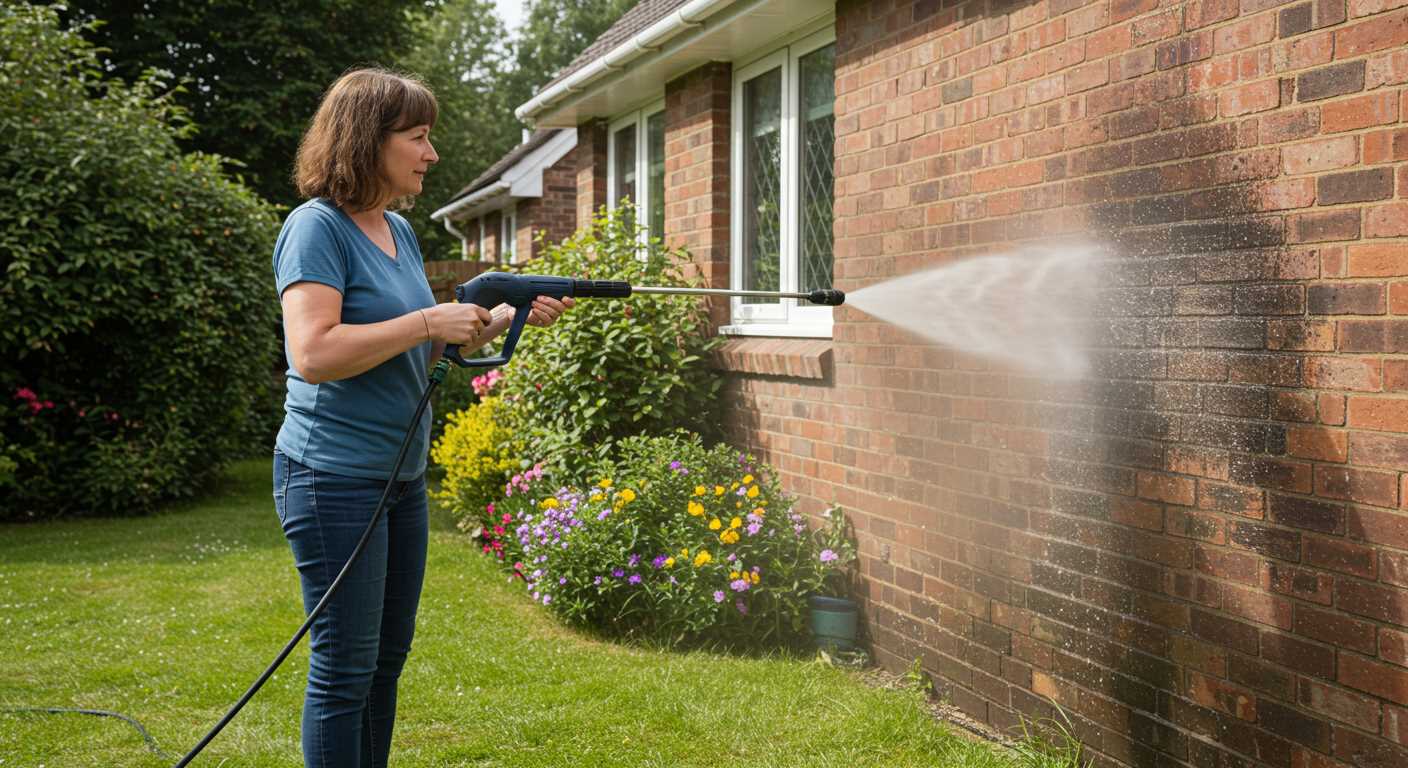
Choosing the appropriate nozzle attachments can significantly impact the outcome of your cleaning tasks. Different tasks require distinct spray patterns and pressure levels, so understanding these differences is crucial.
- 0-Degree Nozzle: Utilise this option for heavy-duty cleaning. The concentrated stream is ideal for removing tough stains on concrete or graffiti.
- 15-Degree Nozzle: Best suited for hard surfaces, this nozzle works well on driveways and masonry, tackling grime effectively but with less focus than the 0-degree variant.
- 25-Degree Nozzle: A versatile choice for regular cleaning of decks, patios, and vehicles. It balances pressure and area coverage.
- 40-Degree Nozzle: This nozzle is perfect for delicate surfaces like painted wood or windows. The wide spray protects the surfaces while providing adequate cleaning.
- Soap Nozzle: Designed specifically for applying detergents, this attachment helps to create a foam that clings to surfaces, enhancing cleaning efficiency.
When selecting a nozzle, consider the surface material and the type of dirt or grime you are tackling. Testing different attachments on small areas can also help determine the best option before proceeding with the entire surface.
A quick-release mechanism simplifies switching between nozzles, allowing for efficient adjustments during cleaning. Keep your tools organised to expedite the process and prevent delays.
For varied tasks, I recommend having a selection of nozzles on hand. This approach allows for more effective cleaning tailored to specific challenges, ensuring optimal results.
Lastly, always maintain your nozzles. Regular cleaning and inspection for clogs will enhance longevity and maintain performance, ensuring you get the most from your equipment.
Compatibility of Connectors with Different Pressure Washer Brands
I recommend verifying the brand-specific compatibility of connectors before any purchase. Leading manufacturers such as Kärcher, Ryobi, and Briggs & Stratton often have proprietary designs that might not seamlessly fit with universal attachments. Most Kärcher models have a unique bayonet connection requiring specific adaptors for third-party nozzles or hoses.
Kärcher
Kärcher pressure units typically use a 1/4″ bayonet fitting. When using a non-Kärcher accessory, ensure it has an appropriate adapter. Several aftermarket companies offer conversion kits that can bridge compatibility gaps, allowing you to use more versatile tool options.
Ryobi and Others
Ryobi employs a more standard quick-connect system that aligns closely with nominal 1/4″ fittings found in many brands. While these connections provide ease of interchangeability, always double-check specifications, as tolerances in fittings can lead to leaks or fitment issues. Models from brands such as Simpson or Craftsman often collaborate with similar connection styles.
In experimenting with accessories from different brands, I have discovered that using couplings designed specifically for compatible units greatly improves performance. It’s crucial to consider hose length and diameter alongside attachment systems to avoid any operational setbacks.
Materials Used in Pressure Washer Attachments: Pros and Cons
Choosing the right material for attachments significantly impacts performance and durability. Here’s a breakdown of common materials along with their advantages and disadvantages:
| Material | Pros | Cons |
|---|---|---|
| Brass | Highly corrosion-resistant, long-lasting, strong connection, can handle high temperatures. | Heavier than plastic options, more expensive than other materials. |
| Aluminium | Lightweight, good resistance to corrosion, affordable. | Less durable than brass, can bend or dent under heavy use. |
| Plastic | Lightweight, economical, resistant to rust and corrosion. | Not as durable, can crack or break under high pressure or impact. |
| Stainless Steel | Durable, resistant to corrosion, strong structural integrity. | Typically heavier and may be more expensive; can rust if not properly cared for. |
In my experience, brass remains the best choice for longevity in demanding tasks, while plastic can serve well for lighter applications. Assess usage frequency and conditions to make an informed decision on the right material for your equipment.
Maintaining and Cleaning High-Pressure Washer Components
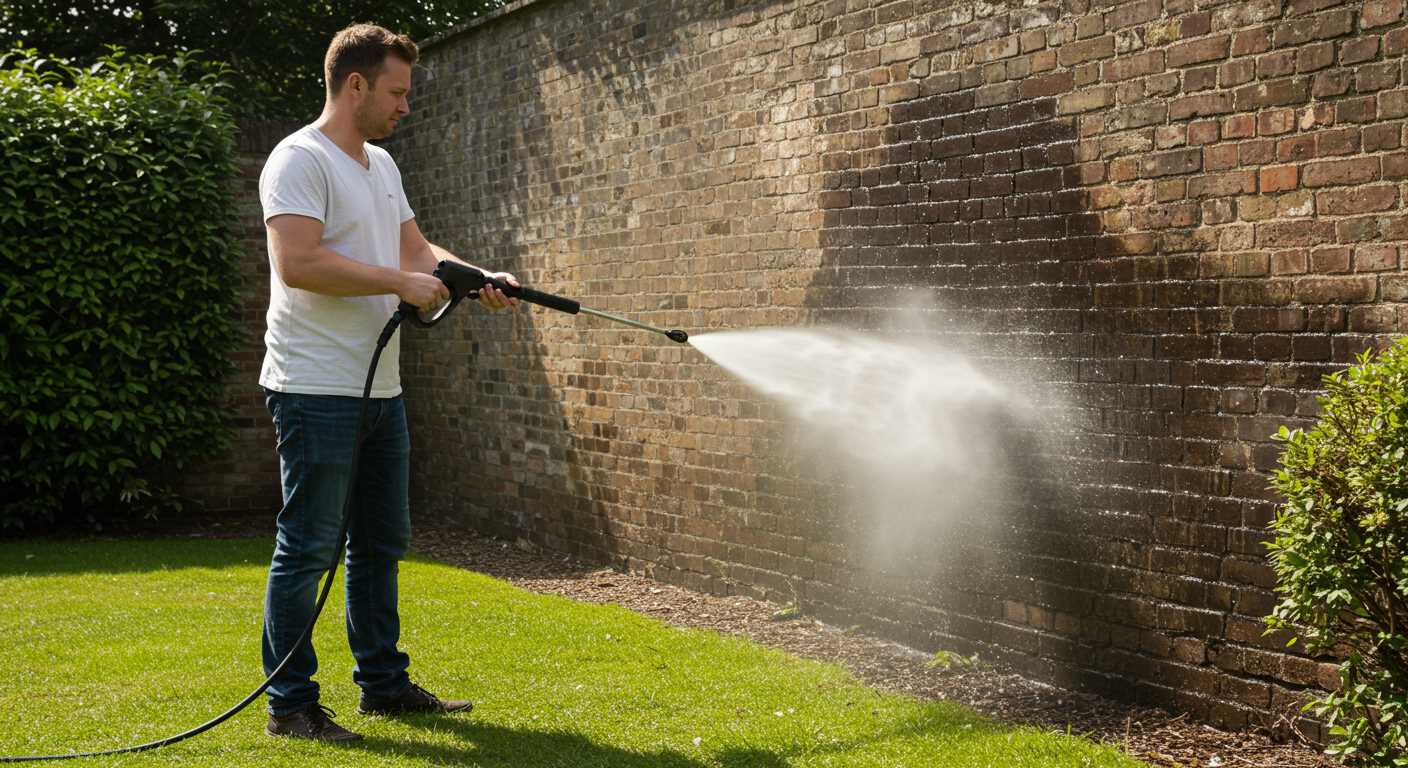
Regular maintenance of components is critical to ensure optimal performance. I recommend rinsing the connectors and nozzles after each use. This prevents residue build-up and prolongs their lifespan.
For persistent dirt or grime, soak parts in a mixture of warm water and mild detergent for a few minutes, then scrub with a soft brush. Never use harsh chemicals, as they can damage seals and threads.
Inspecting seals and O-rings is necessary; replace any that show signs of wear or damage. I suggest applying a thin layer of silicone grease to rubber components to enhance their longevity and prevent leaks.
Store all components in a dry place, away from direct sunlight. This reduces the risk of warping and brittleness caused by extreme temperatures. Regular checks prior to each use ensure everything is functioning properly and ready for action.
Lastly, if you encounter any compatibility issues or noticeable performance drops, consult the manufacturer’s guidelines or contact a specialist. This helps in maintaining the integrity of the equipment over time.
Installing and Replacing Attachments on Your Pressure Cleaner
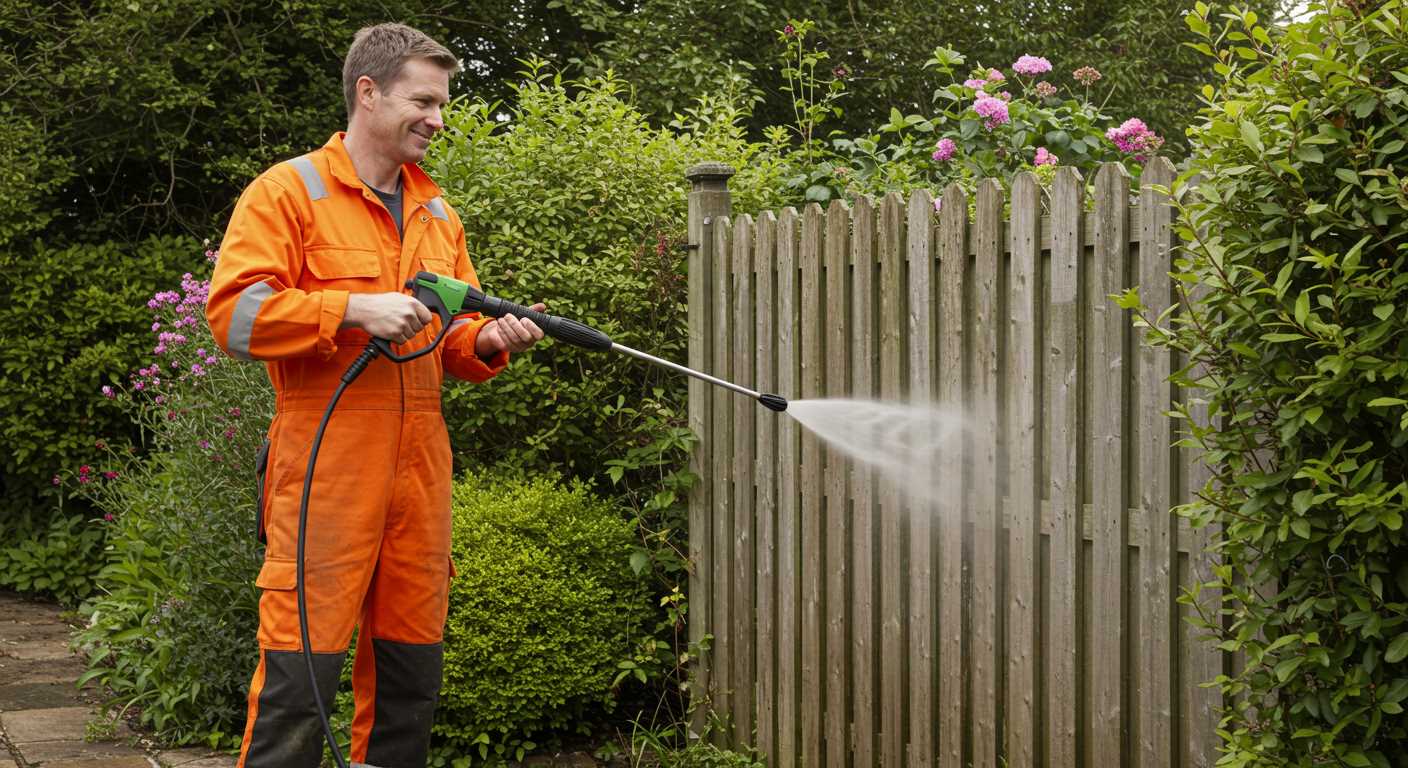
To efficiently install or replace components on your cleaning machine, ensure that all connections are clean and free from debris. This step prevents leaks and optimises performance.
Follow these steps for a seamless process:
-
Gather Required Tools: You will typically need adjustable wrenches, pliers, and possibly a screwdriver depending on the type of connection you are working with.
-
Power Off the Device: Safety is paramount. Always disconnect from the power source before beginning any modifications.
-
Remove Old Part: Carefully unscrew or detach the existing attachment. If it’s stuck, applying a lubricant may help loosen it.
-
Inspect Threads and Connections: Check for any wear or damage. If threads are stripped, you may need to replace the connector entirely.
-
Install New Component: Align and screw on the new attachment. Be cautious not to overtighten, as this can create further issues.
-
Test for Leaks: Once installed, gradually turn the water supply back on and check all connections for signs of leakage. This ensures everything is sealed correctly.
Regular swapping of components is vital. If you notice any signs of wear or corrosion, replace them immediately to maintain optimal functionality.
Consider keeping a toolkit specifically for your cleaning gear. Having essential replacement parts, such as O-rings and seals, on hand will make future tasks more efficient and reduce downtime.
When trying to enhance versatility, select connectors that easily adapt to multiple nozzles or hoses. This approach not only saves on costs but also minimises clutter from having unnecessary parts.
Common Issues with Pressure Washer Connectors and How to Fix Them
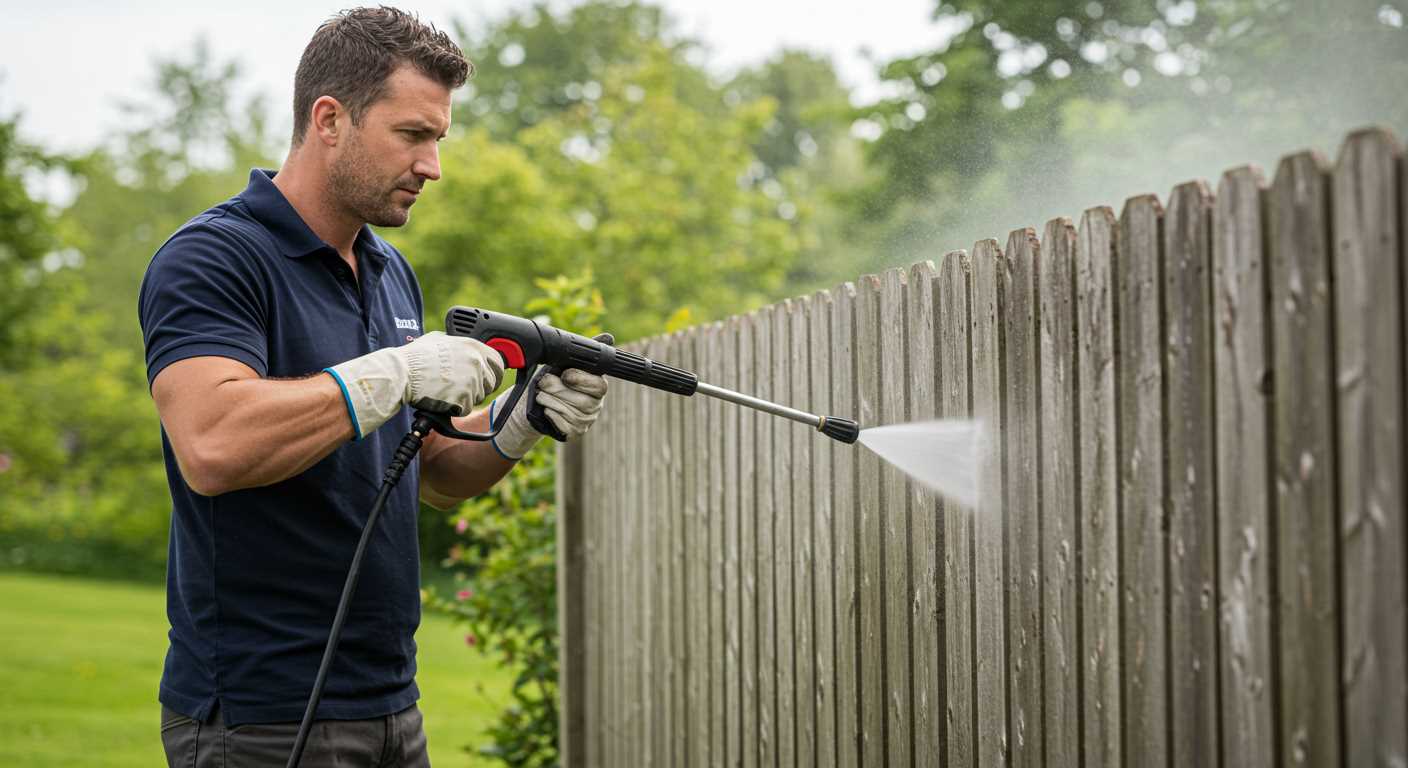
Leaks frequently occur at the junction points where hoses and accessories meet. To tackle this, tighten the connections carefully without overdoing it, as excessive force can damage threads. If leakage persists, inspect rubber O-rings or seals for wear and replace them as needed. A simple lubrication with soapy water can help achieve a better seal.
Blockages and Clogs
Another issue arises from blockages within the hoses or nozzles. I recommend disconnecting all parts and checking for debris. Use a small brush or a dedicated cleaning tool to remove any obstructions. For stubborn clogs, soaking the nozzle in vinegar can help dissolve mineral deposits, restoring functionality.
Corrosion and Wear
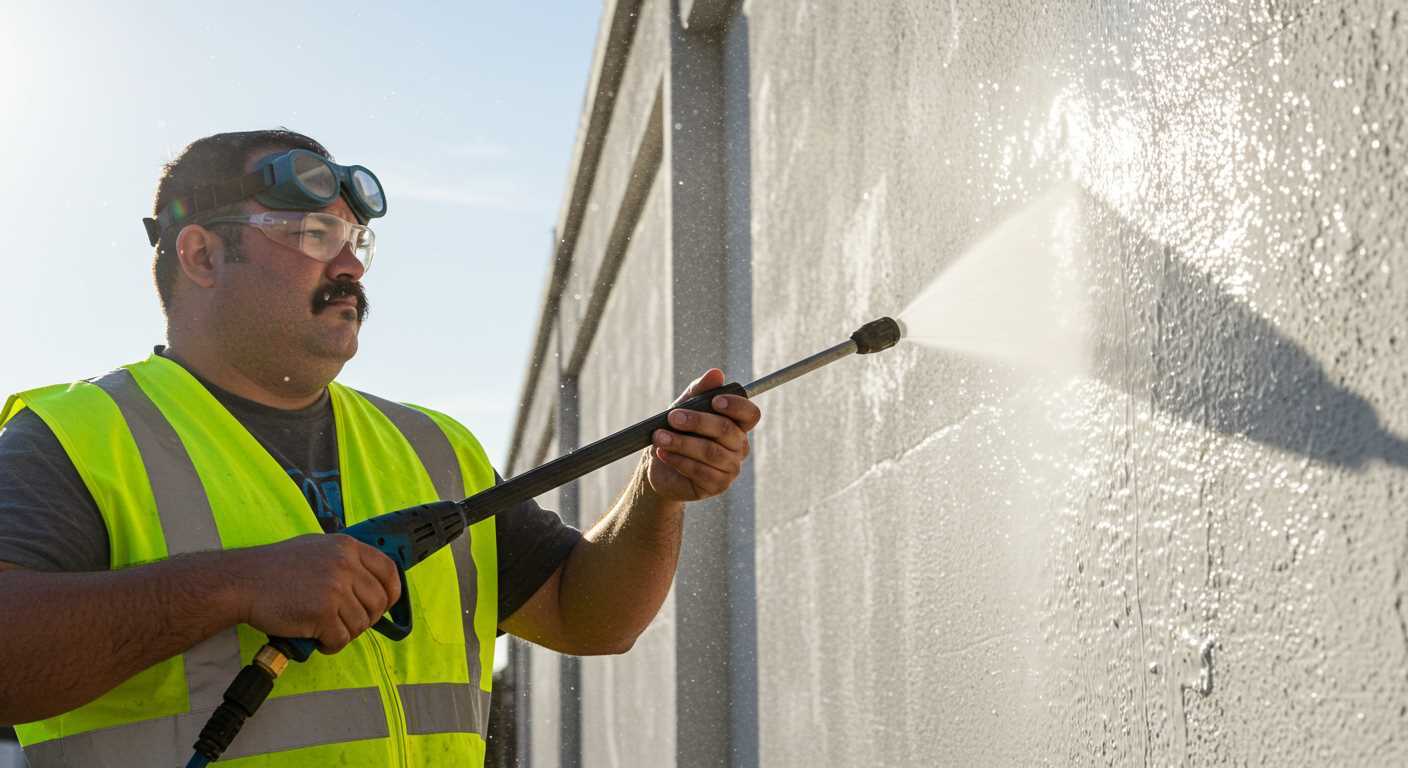
Regular exposure to water and cleaning agents can lead to corrosion on metal elements. To combat this, inspect regularly and consider utilizing corrosion-resistant materials. If corrosion appears, light sanding can sometimes remove it, or you might need to replace affected components entirely to maintain optimal performance.
Upgrading Fittings for Enhanced Performance and Versatility
Consider investing in adaptable connectors that support various nozzle types and hoses, allowing seamless transitions between tasks. Steel quick connect adaptors provide strength and corrosion resistance, ensuring longer service life compared to plastic alternatives.
Optimising Flow Rate and Pressure
Using larger diameter couplings can significantly improve flow rate, which is crucial for maintaining high levels of performance during operation. Standard sizes often limit efficiency, so aim for connectors rated above 5,000 PSI to handle tough jobs without risk of damage.
Enhancing Versatility with Multi-Function Connectors
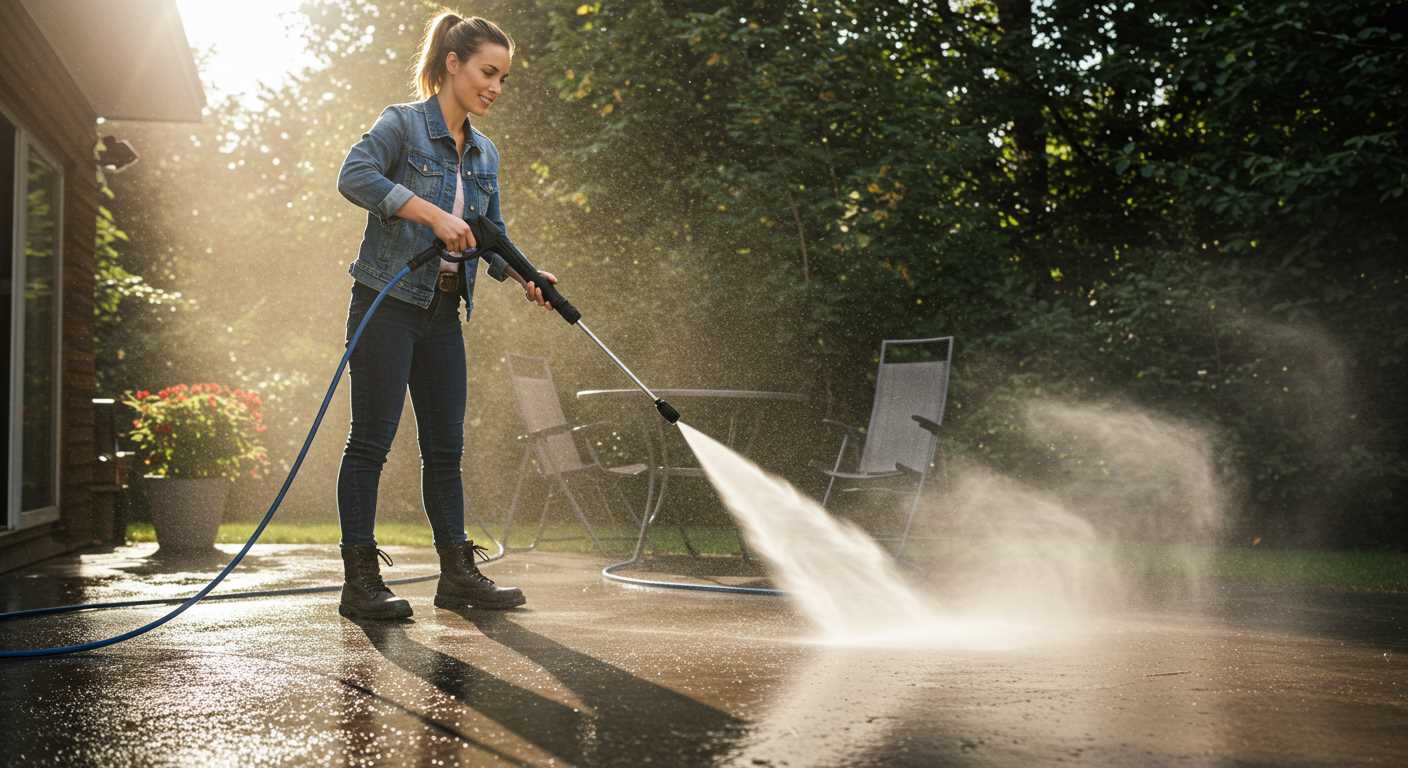
Consider multi-functional adaptors that allow for quick switching between different attachments. Select adaptors that feature multiple ports for various spray patterns; this upgrade can save time and enhance project flexibility. Look for options that offer compatibility with different brands to avoid isolation within a single product ecosystem.



